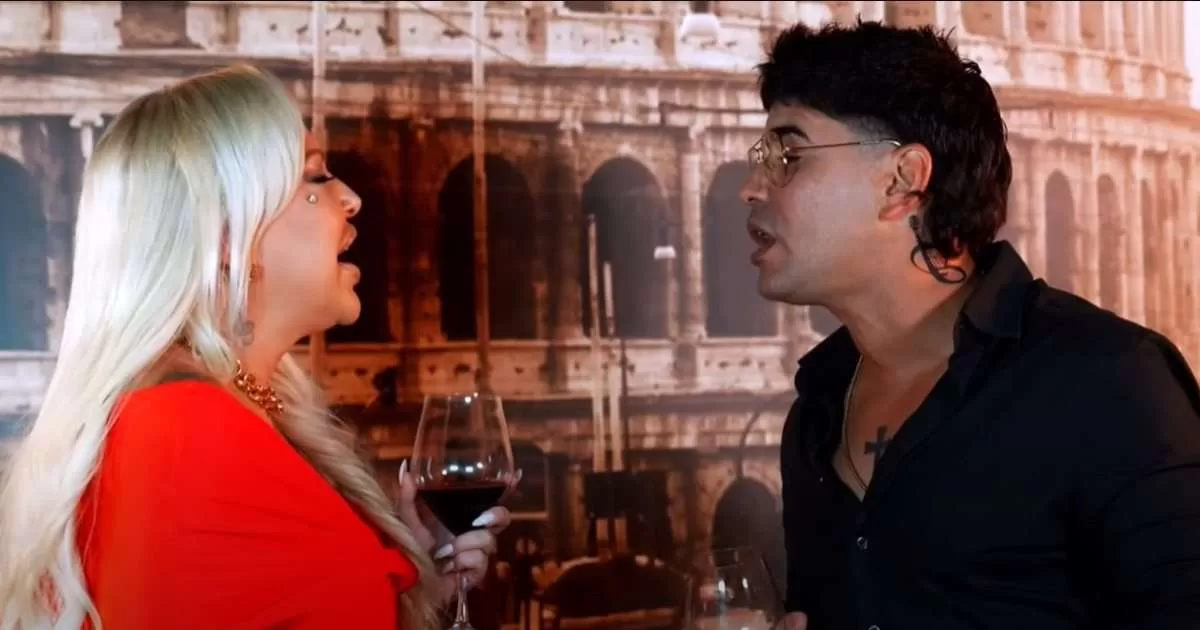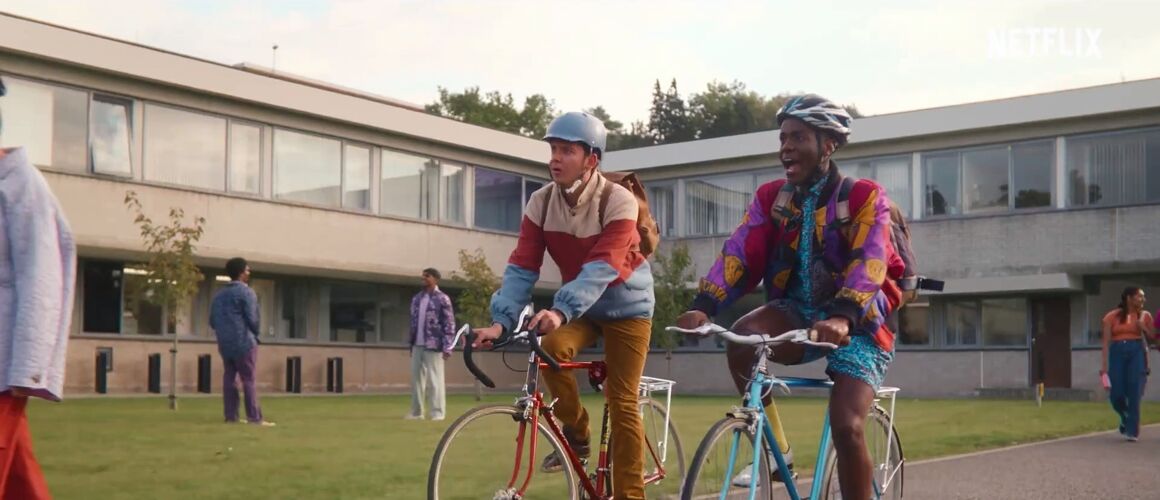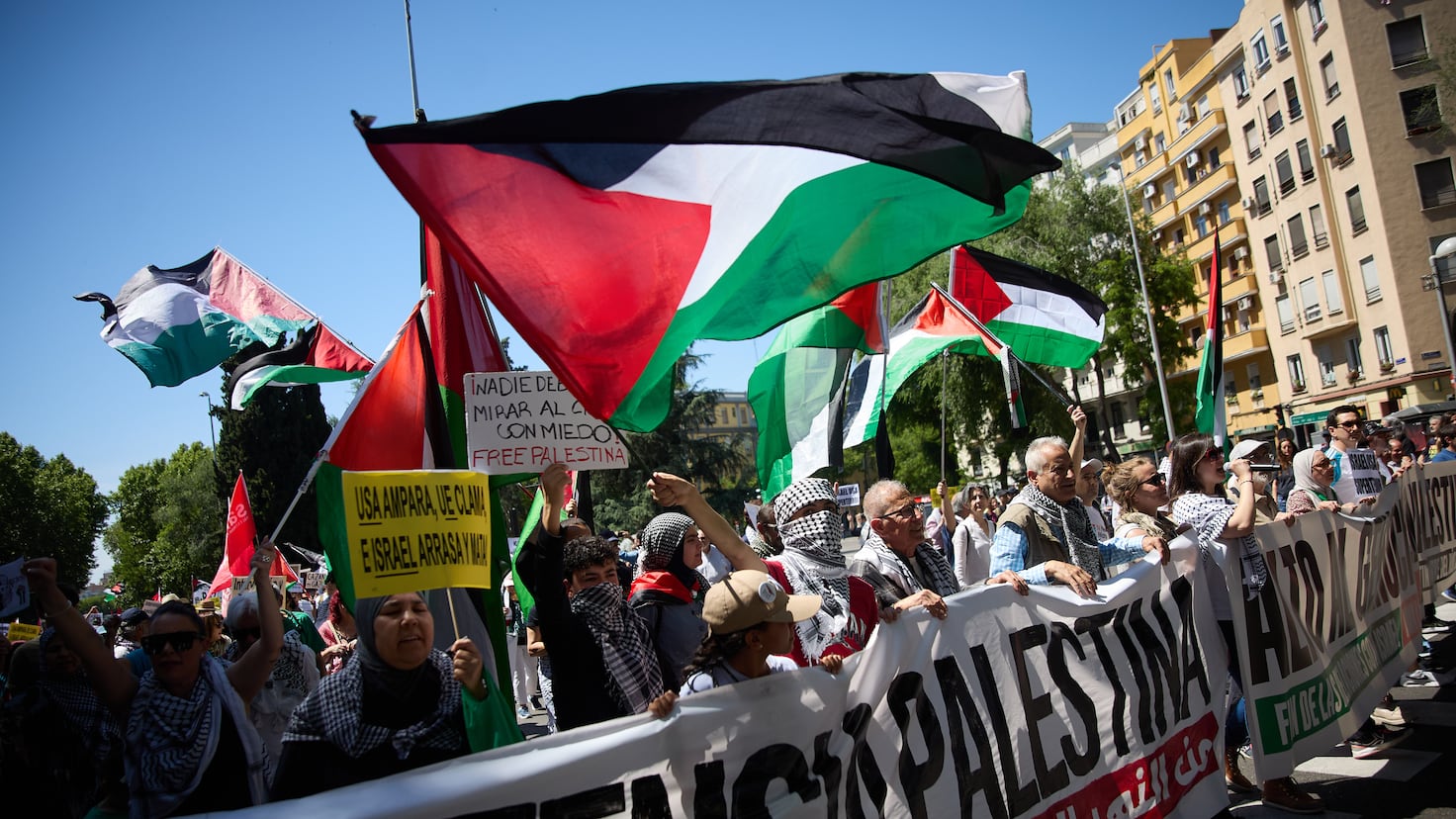Cordoba (dpa/tmn)
When Córdoba turns to scorching hell in summer, the patios are the ideal retreat. Every year the owners compete for the title of the most beautiful patio.
Years ago, when Manuel Cachinero bought the baroque manor house from 1782 in the street La Palma, a dream came true for him. A dream of columns and reliefs.
The snug inner courtyard completely fascinated the sculptor. He found a trough for the horses and a fountain with arabesque motifs. Once upon a time, horse-drawn carriages with festively dressed gentlemen drove up to the patio.
Now the courtyard is Cachinero’s open-air studio. Under his hands, metal transforms into bullfighters, dancers and figures of Christ. Each year, the thick-walled courtyard hidden behind ornate wooden doors brings Manuel’s vision of the Garden of Eden one step closer.
Ember hell and feel-good oasis
Lemon and tangerine trees exude an intoxicating scent. Hydrangeas sport bales the size of a child’s head. But the greatest treasure is the bougainvillea, whose beauty surpasses the competition. Like a waterfall, it floods down the snow-white whitewashed house wall with its thousands upon thousands of blossoms. So much green magic needs to be cared for. And most importantly, water regularly. Because in the midday hours, Córdoba’s streets turn into a glowing hell.
There are said to be more than 4000 patios in the southern Spanish city. For their owners, the pretty inner courtyards are a good room, a place of quiet and a cool retreat all in one. When the leaden heat settles over the city, the shady courtyards dotted with flowers and trees are a true oasis of well-being.
This is where mum irons the laundry, this is where the children do their schoolwork, this is where friends meet for a social get-together. The patio conveys a feeling of security – and yet brings the hustle and bustle of the street inside. Its doors are never really closed. One knock – and, as if by magic, the Holy of Holies also opens to strangers.
Even the Romans and Visigoths discovered the walled gardens as a secret weapon against the heat. But it was not until the Arabs, who ruled over large parts of the Iberian Peninsula for almost 800 years, that the design of courtyards became an art. In large courtyards, shady palm trees marked the center, in smaller ones colorful dabs of flowers delighted the eye.
River pebbles as air conditioning
The new rulers plastered the walls with colorful tiles whose ornate motifs were reminiscent of the old homeland. They had rectangular pools full of aquatic plants created and wells built.
Many patios are still paved with river pebbles from the Guadalquivir. The black and white patterns are not only a feast for the eyes, they also serve as a kind of air conditioning. “In the morning we spray the yards. The water collects in the depressions and cools the patio,” says sculptor Cachinero. Its courtyard has already won numerous awards in the annual competition for Cordoba’s most beautiful patio.
When Abd ar-Rahman I of the Umayyad dynasty founded the independent Emirate of Córdoba in the middle of the 8th century, he laid the foundation for a metropolis that had around half a million inhabitants. The Umayyad had gardens laid out in perfect harmony and palaces, baths and schools built, including his most important legacy: the Mezquita, which under his successors would become the largest Islamic mosque in Europe.
The Moor bought the necessary land from the Visigoths. He tolerated their faith as long as the “infidels” dutifully paid additional taxes.
Cordoba becomes the cultural center of Europe
Astronomers, mathematicians and doctors made Córdoba an important center of science and culture. Here the texts of ancient philosophers were translated from Arabic into Latin; Merchants did good business. Cordoba is said to have had more than 300 mosques, a university library with 400,000 books and 300 Moorish baths.
The glory of those days has faded. Only a few puny walls remained of the Medina Azahara – the terraced summer residence of the caliphs where ambassadors from all parts of Europe were dazzled by the splendor of the Moorish rulers.
And yet the myth of al-Andalus, as the Arabs called their empire on the Iberian Peninsula, is omnipresent. The minaret of the prayer hall in the Patio de los Naranjos, from the top of which visitors have a panoramic view of Cordoba, was encased by the Christians after the reconquest.
But the arabesque inscriptions on the light-colored walls, the fountains, originally intended for ritual ablutions, and above all the Mezquita have largely been preserved. Córdoba’s greatest attraction is next to the Alhambra in Granada the most famous testimony of the Moorish Mudéjar style.
Historic old town is a UNESCO World Heritage Site
800 columns support this masterpiece of architecture – inside, stone double arches or a shell-shaped prayer niche clad in gold mosaics enchant visitors. Today, the mosque-cathedral, together with the historic old town, is a UNESCO World Heritage Site. And because the patios are so characteristic of the Andalusian city, they were also placed under protection.
“My patio is my pride and joy,” says Immaculada Zafra, who maintains her kingdom behind thick walls, just like the sculptor Cachinero. From every clay pot or bucket in the inner courtyard on Calle Alfonso XII, it twines, swells and proliferates, glows and smells.
The fact that the Señora’s patio with the gray curls is not in the Barrio San Basilio only has advantages in May. When the whole city joins in the competition for the most beautiful patio, the showcase district is jam-packed. Long queues form in front of the patios.
At Immaculada Zafra, however, nobody has to wait – and is always welcome. Because the enthusiastic hobby gardener doesn’t go on vacation: After all, taking care of her beloved patio is a full-time job.
Service
Getting there: Trains run to Córdoba from Málaga and Seville airports in under an hour (www.renfe.com).
Accommodation: In Córdoba’s old town there are numerous accommodations with breakfast from around 60 euros per night. During the Festival de los Patios, prices increase significantly.
Festival: The Festival de los Patios will take place in 2023 from May 2nd to 14th. Then 60 of the 4000 inner courtyards are open to visitors. Private tours can also be booked all year round. Costs: from 30 euros per person (www.patiosdesanbasilio.com).
Information: www.cordoba.es




